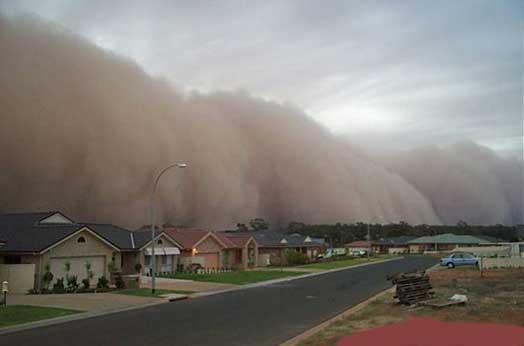Japan was hit by an enormous earthquake on March 11, 2011, that triggered a deadly 45−50-foot tsunami in the country's north. The giant waves deluged cities and rural areas alike, sweeping away cars, homes, buildings, a train, and boats, leaving a path of death and devastation in its wake. Video footage showed cars racing away from surging waves. The United States Geological Survey reported the earthquake and on Monday revised its magnitude from 8.9 to 9.0, which is the largest in Japan's history. The earthquake struck about 230 miles northeast of Tokyo. The Pacific Tsunami Warning Center issued warnings for Russia, Taiwan, Hawaii, Indonesia, the Marshall Islands, Papua New Guinea, Australia, and the west coasts the U.S., Mexico, Central America, and South America.
On March 25, more than 9 800 were confirmed dead. An other 17 000 people are still missing.
As a consequence of the earthquake a nuclear disaster endangered thousands of people near Tokyo. Disaster struck again on Saturday, March 12, when about 26 hours after the earthquake, an explosion in reactor No. 1 at the Fukushima Daiichi Nuclear Power Station caused one of the buildings to crumble to the ground. The cooling system at the reactor failed shortly after the earthquake. Officials feared that a meltdown may occur, and radioactive material was detected outside the plant. These fears were realized on Sunday, when officials said they believed that partial meltdowns occurred at reactors No. 1 and No. 3. The cooling systems at another plant, Fukushima Daini, were also compromised but the situation there seemed to be less precarious. More than 200,000 residents were evacuated from a 20 km diameter area surrounding both facilities. Problems were later reported at two other nuclear facilities. By Tuesday, two more explosions and a fire had officials and workers at the Fukushima Daiichi Nuclear Power Station struggling to regain control of four reactors. The fire, which happened at reactor No. 4, released radioactivity directly into the atmosphere, including agricultural land, its cultivars and drinking water resources. The Japanese government told people living within 20 miles of the Daiichi plant to stay indoors, not use air conditioning, and keep their windows closed. More than 100,000 people are in the area. On Wednesday, March 16, while safety workers were still trying to contain the fire at reactor No. 4, officials announced that reactor No. 3 may have ruptured and appeared to be releasing radioactive steam. According to Tokyo Electric Power, the plant's operator, 5 workers have died and 22 more have suffered various injuries since the quake.
The lack of fuel (gas), drinking water, healthy food and medical care makes the tragedy even more serious, some areas reamined without transportation, and medical care. Mobile people, including most medical staff escaped lieving their homes and workplaces behind, looking for new addresses. Others becaming homeless has found escape with relatives, but thousands live in temporary places, schools, gymnasiums, and similar, without clothes and any personal staff. Professionals discuss in the media which is more risky for the helath, staying in the contaminated homes or being homeless and suffer from stress and alcoholism.
You can see shocking live videos on tsunami when clicking here.
http://www.infoplease.com/science/weather/japan-tsunami-2011.html
Video: http://www.youtube.com/watch?v=e-A0NDsPcZY
Read more: Tsunami Factfile: Learn about the tsunami that struck Japan in March 2011 and the Indian Ocean in 2004 — Infoplease.com http://www.infoplease.com/science/weather/japan-tsunami-2011.html#ixzz1HaOsQnwU
